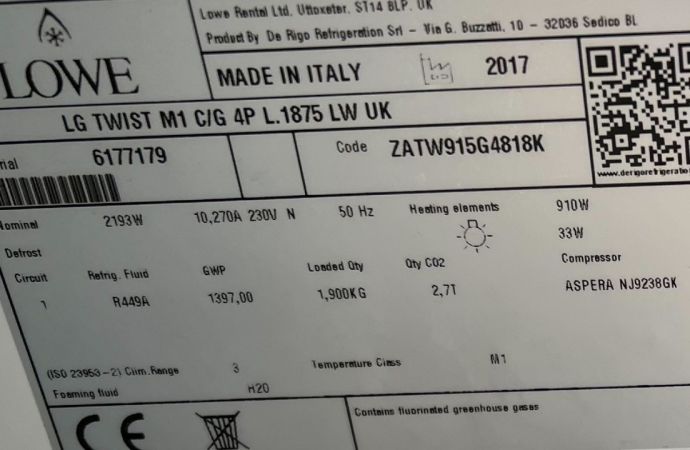The California Air Resources Board (CARB) is accepting comments on the use of cap-and-trade dollars for a natural refrigerant incentive program until September 15.

The Environmental Investigation Agency (EIA), a Washington, D.C.-based NGO, is pushing California to fund a low-GWP refrigerant incentives program that was proposed but not adopted last year.
Through a letter read at a late August meeting held by the California Air Resources Board (CARB), EIA urged the agency to utilize its greenhouse gas reduction fund (GGRF) in order to help phase down HFCs by offering incentives for climate-friendly refrigeration alternatives, including natural refrigerants.
shecco, publisher of this website, was in attendance at the meeting to advocate for the incentives. CARB is accepting comments here through September 15 on funding for climate programs.
California’s GGRF is a collection of cap-and-trade dollars, which state agencies manage under California Climate Investments. The money is earmarked for public health enhancement, especially for disadvantaged communities.
The EIA, in its August 31 letter to CARB, cites health benefits to low-income communities among the many advantages of a natural refrigerant incentives program.
“EIA strongly urges the Air Resources Board (ARB), [California] Governor [Jerry] Brown, and state legislators to make incentives for low-GWP refrigerants a top priority in new activities funded for the next fiscal year 2017-18,” EIA said. “Refrigerant incentives can be designed to provide targeted benefits and engagement in low-income communities, including through potential coordination with existing projects focused on low-income housing under the Clean Energy and Energy Efficiency program.”
EIA notes that phasing out HFCs is of urgent importance because HFC emissions have doubled between 2005 and 2015.
An incentives program, the group predicts, offers California markets a head start in installing natural refrigerants before, and if, CARB bans HFCs entirely. Additionally, according to EIA, offering incentives is more effective than only enforcing regulations.
“With incentives, more users would be likely to transition to new technologies before a ban takes effect, increasing economies of scale and driving down prices,” the EIA said. “This accelerating effect would continue even after a ban, since they would also be more likely to retire existing equipment sooner and replace it with HFC-free equipment.”
A natural refrigerant incentive program is part of CARB’s implementation of a Short-Lived Climate Pollutant (SLCP) strategy, which includes a plan to reduce California’s HFC emissions 40% by 2030. The strategy in part relies on the Kigali Amendment to the Montreal Protocol, which, upon U.S. ratification, will require a global phase-down of HFCs starting in 2019.
Related stories



